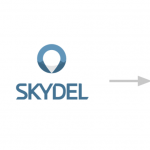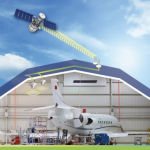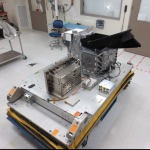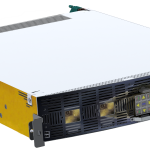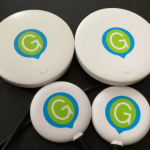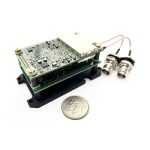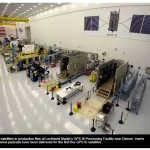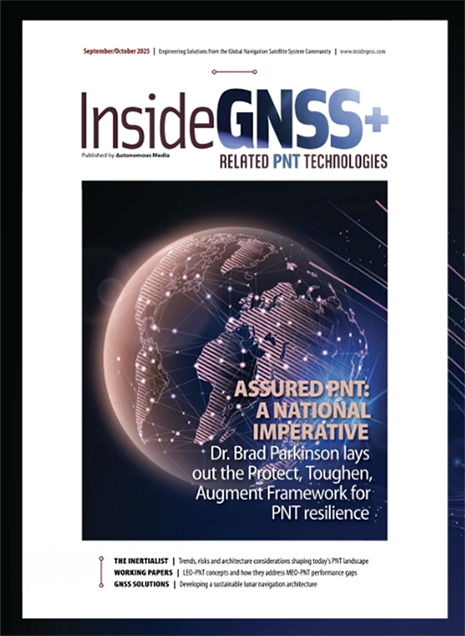June 8, 2018
Inertial Labs, Inc., a developer and supplier of inertial sensors & systems, has released an affordable, multi GNSS constellation, 1 cm RTK accuracy dual-antenna GPS-Aided Inertial Navigation System (INS).
The “INS-DL” and the OEM version “INS-DL-OEM” are multi-constellation (GPS, GLONASS, Galileo, BeiDou) GPS-Aided INS designed to achieve 1 cm Position and 0.05° Heading, Pitch & Roll accuracy. These highly precise and high-accuracy INS are available for around $5,000 USD.
Designed for developers of autonomous and unmanned systems; vehicles and small robots for precision agriculture; payloads for remote sensing and survey applications, the GPS-Aided “INS-DL” and “INS-DL-OEM” are compact and deliver high performance.
The “INS-DL” can be supplied as a classic Inertial Navigation System, which outputs Position, Orientation and IMU data for real-time and post-processing operation, or as an advanced, GPS-Aided Motion Reference Unit, which outputs Position, Velocity, Heading, Pitch, Roll, Heave, Surge, Sway and Significant Wave Height data for survey, hydrography, bathymetry and motion control.
“GPS-Aided INS-DL is a result of significant efforts of our R&D team. It is a market-oriented solution, geared towards applications, requiring the best combination of high performance and low cost” said Jamie Marraccini, Inertial Labs’ CEO & President, in a press release.
This year, Inertial Labs celebrates its 17th anniversary of supplying inertial sensor-based solutions for land, marine and aerospace applications. Since 2001, thousands of inertial systems, as well as those fused with other technologies like optical, laser, and GNSS systems, have been successfully delivered to customers for AGV, UAV, AUV, UUV, robots, land vehicles etc.
By Inside GNSS




